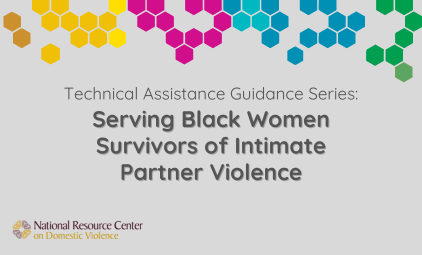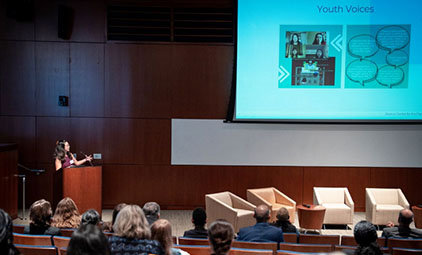The survey instrument administered in 2016/2017 represents a change in data collection from previous years (2010–2012 and 2015). This report describes the methodology used for the 2016/2017 data collection and the limitations of the data.
Points of note:
- The survey instrument administered in 2016/2017 represents a change in data collection from previous years (2010–2012 and 2015). The goals for the revision were to streamline and improve the flow of the survey, decrease the level of burden on respondents, and reduce the number of data elements to improve data usability.
- Given these revisions, readers and data users are discouraged from comparing estimates from NISVS 2016/2017 to prior survey years (2010–2012 and 2015). However, you will likely notice an increase in estimates over previous years. This is because in the 2016/2017 survey, stalking behavior questions were updated to reflect the changing times – they better measure technology-based stalking (e.g., GPS for tracking, technology used for spying on others), and the NISVS team revised the fear and threat criteria for stalking victimization to be less restrictive. Because of these revisions, the survey may now more accurately capture the scope of the problem. This may be true for other violence types, as well.
- NISVS has seen a substantial decline in response and cooperation rates in recent years, like other random-digit-dial surveys. The declines are largely attributable to potential respondents not answering their phones or opting not to participate and ending the interview prior to being told about the violence-related content. Still, more than 15,000 women and more than 12,000 men did complete the NISVS survey between September 2016 and May 2017.












